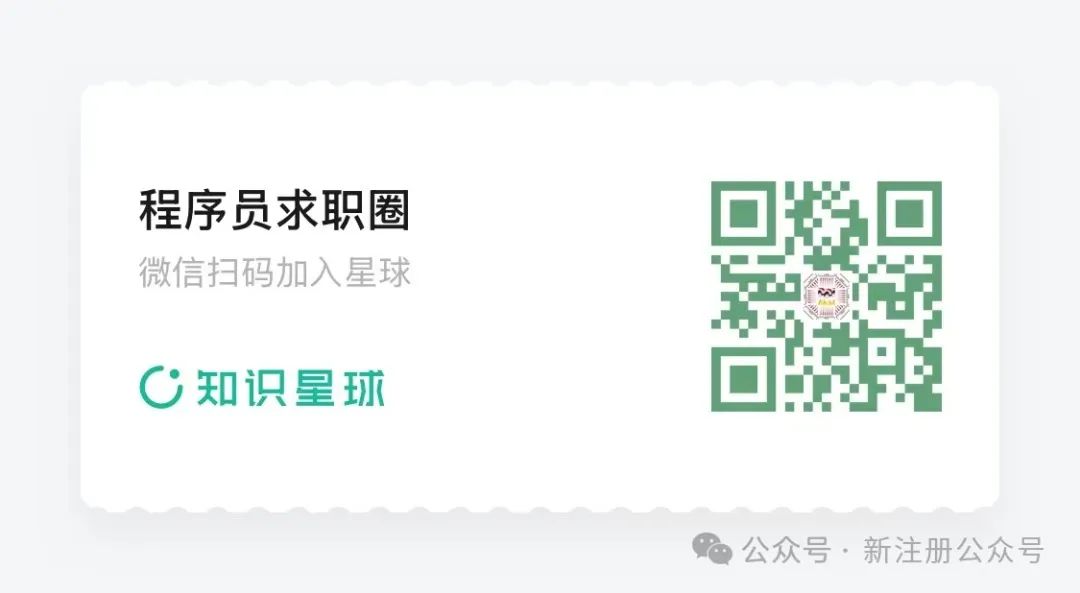1. Core Structure of the TCP/IP Four-Layer Model
(The most commonly used layered framework in engineering practice, a simplified version of the network protocol stack)
Application Layer → Transport Layer → Network Layer → Network Interface Layer
2. Detailed Layer Explanation (From Top Layer to Bottom Layer)
1. Application Layer
-
Core Function: Directly serves applications
▸ Defines data formats (e.g., HTML/JSON) and interaction rules
▸ Differentiates services through port numbers (HTTP=80, HTTPS=443)
-
Typical Protocols:
✅
<span><span>HTTP/HTTPS</span></span>: Web access✅
<span><span>DNS</span></span>: Domain name to IP address conversion (like a phone book)✅
<span><span>FTP</span></span>: Large file transfer -
🌰 Scenario Example:
When sending a message on WeChat, the application layer encapsulates the text into a specific format data packet
2. Transport Layer (Transport Layer)
Features TCP UDP Connection Method Connection-oriented (three-way handshake) Connectionless Reliability Data retransmission, order guarantee Best effort delivery Typical Application Scenarios File transfer, web loading Live streaming, online gaming 3. Network Layer (Internet Layer)
-
Core Function: Interconnection of physical devices
▸ Identifies network cards through MAC addresses (e.g., 00-B0-D0-63-C2-26)
▸ Typical Protocols:
🔹
<span><span>ARP Protocol</span></span>: IP address to MAC address resolution🔹
<span><span>Ethernet</span></span>: The most commonly used wired LAN protocol -
🌰 Hardware Example:
A computer uses its network card to convert data packets into electrical/optical signals for transmission
-
Core Task: Routing and addressing across networks
▸ Uses IP addresses (e.g., 192.168.1.1) as logical identifiers
▸ Key Device: Router (selects paths based on routing tables)
-
🌰 Everyday Analogy:
The IP protocol is like the recipient address on a delivery slip, and the router is like a sorting center
4. Network Interface Layer
-
🌰 Technical Example:
TCP implements flow control through a sliding window mechanism (similar to batch delivery of packages)
-
Core Capability: End-to-end reliable transmission control
▸ Comparison of two major protocols:
3. Frequently Asked Questions
Q1: What is the process of the TCP three-way handshake?
-
① Client sends SYN=1, seq=x
-
② Server returns SYN=1, ACK=1, seq=y, ack=x+1
-
③ Client sends ACK=1, seq=x+1, ack=y+1
Q2: Why is layered design necessary?
-
Decoupling Advantage: Each layer can be independently upgraded (e.g., IPv4 to IPv6 does not affect the HTTP protocol)
-
Clear Division of Labor: Switches handle MAC addresses (Network Interface Layer), routers handle IP addresses (Network Layer)
Q3: What is the entire process from entering a URL to displaying a webpage?
1. DNS resolves domain name to IP address (Application Layer)
2. Establish TCP connection (Transport Layer)
3. Send HTTP request (Application Layer)
4. Router forwards hop by hop (Network Layer)
5. Server returns webpage data (reverse encapsulation process)
Through protocol layering diagrams + everyday scenario analogies + anticipated interview follow-up questions, this approach showcases technical depth and knowledge transfer ability, suitable for recent graduates in technical interviews.
Additionally, we have a knowledge community where we share AI project materials, practice questions with community members, and have experienced engineers personally teaching. If you are interested, feel free to scan the code to join.
